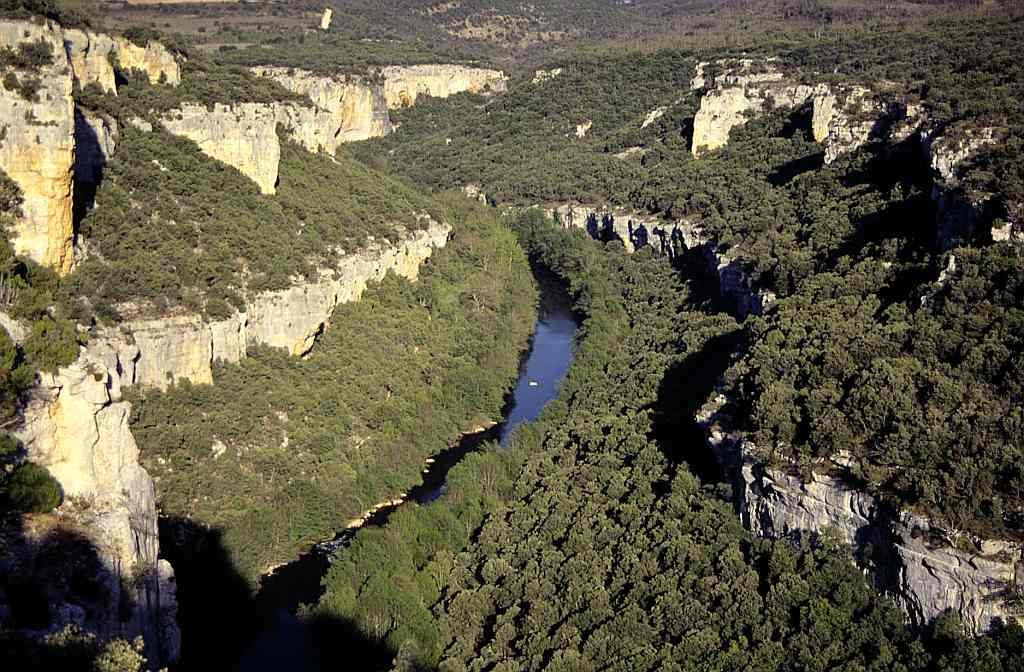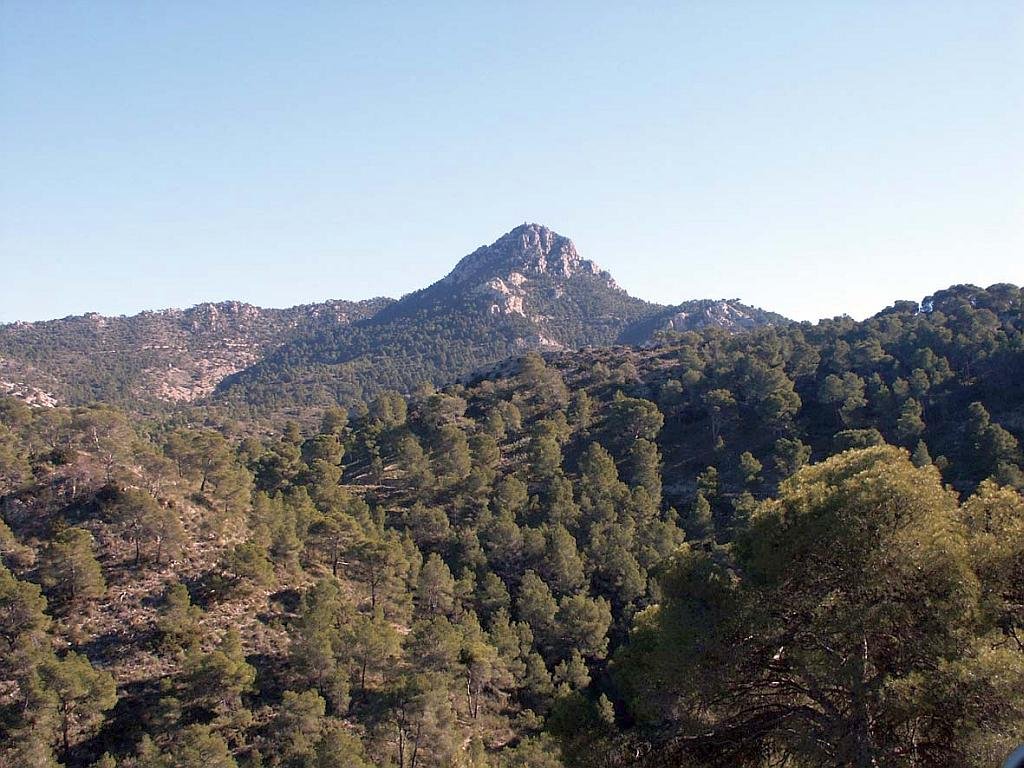Above Image By Heparina1985 – Valley of Ordesa, Ordesa y Monte Perdido National Park, Spain
- Region: Aragón
- Province: Huesca
- Declared a Natural Park:1918
- Park surface area: 15,696 hectares (extended to this in 1982)
- UNESCO 1997 (Ordesa-Viñamala)
- Zona de Especial Protección para las Aves.
Points of interest
The Ordesa y Monte Perdido National Park is an area of dramatic landscape, overseen by the peak of Monte Perdido at 3,355m, found within the Pyrenean mountain range that forms the border between Spain and France.
Arid limestone mountain peaks contrast with deep ravines and lush green valleys. Glaciers have scoured the mountains and there are four fast flowing rivers that fall into the Spanish side. Their valleys are named Ordesa, Pineta, Añisclo and Escuaín.
The original park, created in 1918, only covered the Ordesa valley with one of the intentions being to preserve the Pyrenean Ibex, a type of wild mountain goat. Sadly the last of this species died in January 2000.




